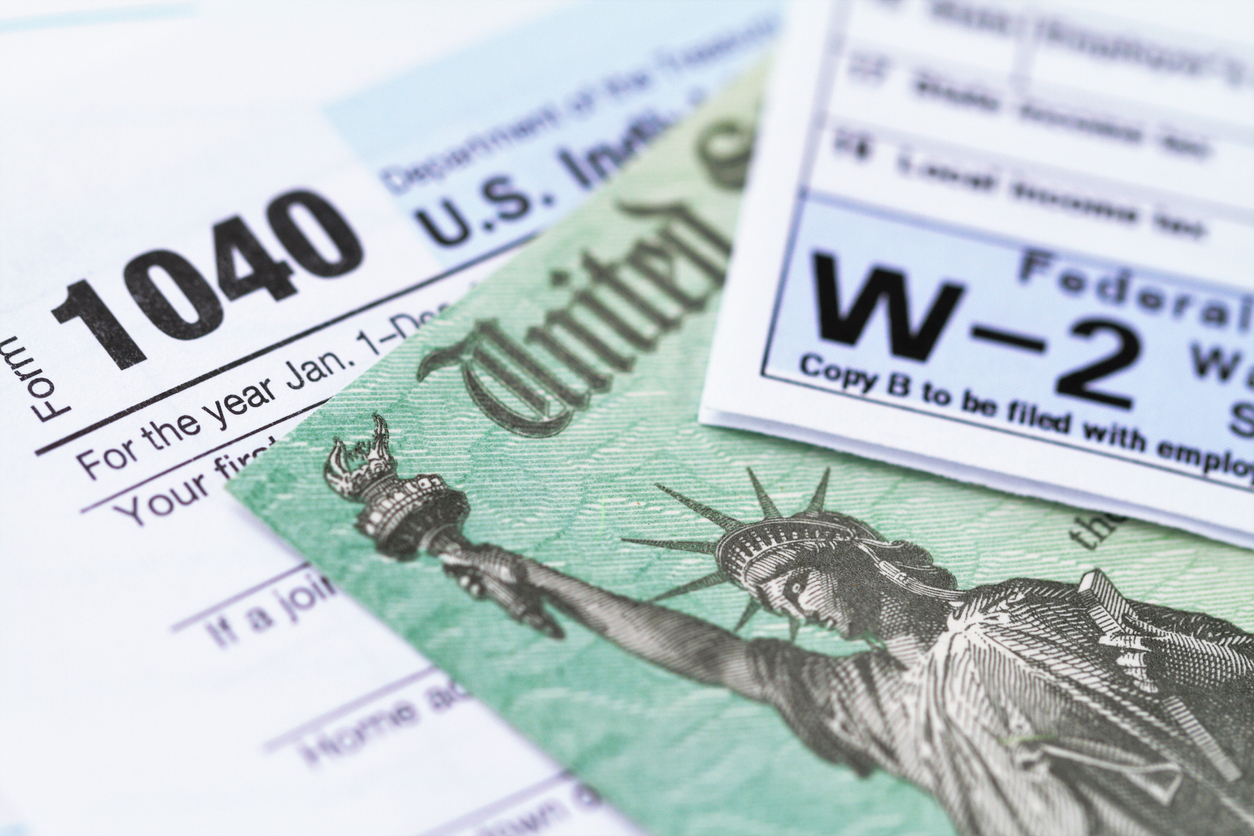
“Do you have full authority to settle this matter?” the U.S. District Court Judge directed to me in a tone that made quite clear he doubted very much that could be true. As a thirtysomething lawyer sitting next to an even younger law firm associate, I understood why he was incredulous. He was right to be so, but not because of our relative youth and inexperience. Put simply, I appeared at this mandatory settlement conference with no intention of settling the case. I could put a modest number on the table if the plaintiff wanted to fold his cards and go home. But we thought we wanted to try the case. The plaintiff had occupied a prominent spot in our organization, which gave the case visibility. We believed he would make a bad witness. Our star witness, the president of a billion-dollar division, would surely connect with the jury. Plus, we believed the sole practitioner local lawyer representing the plaintiff could never outshine our big firm/big city litigator.
I muttered something about having “sufficient authority” in response to the judge’s question. I might as well have lit a firecracker—he bellowed at me, “I don’t care about what you think is sufficient authority, I want the person here with complete and total authority!” As I started to explain that “total” authority would require that we convene a meeting of our board in his chambers, the associate mercifully cut me off and said, “Your honor, we have full authority.” The mini-crisis I had inexplicably created passed, and the settlement conference ended an hour later. Only plaintiff’s counsel seemed irritated, correctly observing that we could not have expected his client to take our miserly offer.
Fast forward a few months, and I am sure you can guess what happened next. If your guess is that the plaintiff and his counsel dazzled the jury, our star witness and impressive litigator fell flat, and the jury punished us with a monster damage award, you might be surprised to learn that none of that happened. Our witnesses did great, having been superbly prepared by counsel who threw themselves at the trial with all their energy. The jury returned a defense verdict, and we congratulated ourselves on devising and executing a brilliant strategy. But the celebration did not last very long.
First, there were the legal fees. Defense counsel did what they were supposed to do, working night and day in the weeks leading up to and through the two-week trial. But the bill seemed staggering, and a lot more than the former employee would have taken in settlement. The CFO remarked that we must have lost our minds to spend that much. My boss turned on his longtime outside counsel and demanded to know why she thought it was reasonable to bill that much time. Her completely reasonable response was, “When you committed to try the case, I did think you wanted to win it.” But in the longstanding tradition of general counsel scapegoating outside counsel, the damage was done, and the lawyer-client relationship had been broken beyond repair.
Second, the various witnesses who had taken precious days away from running the business to testify at trial were uniformly irritated. To a person, they proclaimed that with their experience, winning personalities, and general brilliance, they did not need the extensive preparation they endured before testifying. Objectively, they were quite wrong—anyone who has tried a case or defended a deposition has seen the chasm between the prepared and unprepared witness. But with no objective standard to consult and the division president pressing his thumb heavily on the scales, the narrative that the legal department had let outside counsel run amok took hold and became accepted wisdom.
As a legal team, we had foreseen those potential negative outcomes and had prepared ourselves to deal with them. We thought any blowback would be worth it because our demonstrated willingness to try and win this case would have a deterrent effect. Future disgruntled employees would think twice before filing a case and risking our wrath. But it never really works that way. No matter how hard you try to avoid mistakes, they will occur, and the company will sometimes be on the wrong side of a dispute. Moreover, the employee who thinks they have been treated unfairly will not likely be dissuaded because some other employee lost their case. If there had been some deterrent effect, it would not have lasted long, as memories fade quickly for those not directly involved. In fact, it’s been some time since I have been able to remember the plaintiff’s name.
The less than stellar result of the case did not hit the legal team like a thunderclap that forced us to reevaluate and change our ways. I don’t think we even discussed it formally. However, in hindsight, the win that felt like a loss made a big contribution to how my approach to litigation and settlement opportunities changed over the next twenty years. I learned that the most important imperative is to understand the difference between cases that you must take to final judgment versus cases you are willing to take to trial. The cases you must take to final judgment are centered around something fundamental to your business. For example, when you terminate one of your senior executives who has corruptly influenced procurement decisions, you must take the ensuing wrongful termination case to its conclusion. A financial settlement will be viewed as condoning corrosive behavior and will make a dreadful statement to your team about what you really value. In other words, the cases you must take to final judgment are existential: either the company cannot exist if it does not prevail, or something about the case will cause the company to compromise a fundamental value if you choose to settle.
Deciding whether a case fits in the “must not settle” category will require thorough analysis and should rarely produce a “yes” answer. Deciding whether a case falls in the “willing to keep litigating through trial” category is a bit simpler. Do you think you can win? If the answer is yes, ask next, “Why do you think so, and will the case have to be tried?” Answering those questions is a great starting point for inside and outside counsel to determine the approach for a mediation or settlement conference.
Believing that a case can be won does not mean that it will be won or that winning will not ultimately feel more like losing. Thus, being willing to litigate, up to and including through trial, should also mean that you want to make serious efforts to settle the case. Mediations and settlement conferences usually provide the best opportunity to have those efforts bear fruit. The introduction of a neutral third party can have a powerful effect on how litigants view cases, so while many cases do not require that intervention, parties and their counsel should make the most of the opportunity when it is there.
But too often litigants and their lawyers view settlement conferences as a step to be endured before getting to the main event. Mediations are largely voluntary events, but the same view often holds true. Because most cases do settle it might seem strange that this view persists. I believe the reason is that too many litigation teams view the mediation or settlement conference as another opportunity to win the case. Trial lawyers are perhaps the most naturally competitive people on Earth—you can’t put them in a situation that they won’t try to win, whether it’s a jury trial or ordering lunch. Viewing every situation as an opportunity to win can make outside counsel impede instead of facilitate a successful mediation.
Successful mediation requires that the question of authority is thought through well in advance of the event. You need to decide where your bottom line is and arm the negotiating team with enough authority to get there. When you have too many disputes to handle personally, you need to train surrogates in how to use their authority wisely and develop a level of trust in them to provide sufficient authority. The first few times I found myself in the position of sending a surrogate to a settlement conference instead of being the surrogate, I discovered that I had checked neither of those boxes.
We had an employment discrimination case we had acquired in a merger of public companies that I thought we should settle, but my colleagues were less certain. We had no hope of winning a summary judgment motion, so the case had reached the “try or settle” decision point. Instead of fighting to get the necessary authority for that stage of the case, I sent my associate GC to a mandatory settlement conference with a five-figure number, $90,000 if I remember correctly. (I had more authority than that but held back the last $50,000). I did not expect it to be enough but hoped that the gap would at least be narrowed between the plaintiff’s prior half-million dollar demands and the nuisance value number we had previously offered. The conference was set to start at 9:00. An hour or so later, my phone rang.
“Where do we stand?” I asked my associate GC.
“I am going to need more authority,” she said, guessing that I had more to give.
“OK, how far apart are we?”
“We are at $90,000; plaintiff has come down from $500,000 to $480,000.”
“OK, come home and let’s discuss what happened.”
What had happened was that the judge had asked the parties privately for their final numbers at the start of the conference. My colleague had answered the question directly and used her full authority when she was still many miles from a deal. It happens a lot and says a lot about why some judges do not make very good mediators. But it also showed that I had failed to impart to my team how to handle the situation. The former employee’s counsel was not near her final number but had nowhere to go when my colleague used her full authority on the first exchange of numbers. Too late for that case, I imparted to my team the lesson I had learned from hundreds of experiences in that situation—do not use up your authority unless you are very close to making the deal.
But what if you show up with “enough” authority to make a deal and the other side is unreasonable? Perhaps the answer is that the person clinging to an unreasonable position may know full well that they are putting forward a losing argument. They may have their own problems with emotion and reason on their side and have themselves not been given enough authority to get to a deal. You cannot pummel someone who lacks authority into accepting your position. They simply cannot meet your demands. If you insist on demonstrating that you are right, you will not make the deal, and you might damage the relationship. As one of my colleagues said to me in private when I had just spent fifteen minutes eviscerating the utter stupidity of the argument put forward by a junior lawyer of an important supplier on a key point in a negotiation, “Have you considered the possibility that he understands everything you are saying and does not have permission to agree with you?” I calmed down, apologized to my opposite number in the negotiation, and accepted that we were not going to finish that day. The deal was completed three weeks later, and the relationship stayed strong.
Returning to my initial experience with the federal judge where I fumbled the authority question, there was one other subsequent conversation worth noting. I asked our CFO a few days after the experience, “If I went nuts and exceeded my authority at a settlement conference, would the company pay what I agreed to?” He looked at me quizzically and replied, “We certainly would. We would also probably fire you. Where is this going?” I replied, “That’s all I needed to know.” From then on, whenever I was asked “Do you have full authority to settle this matter?” I could confidently reply, “Yes, your honor, I have full authority.”











